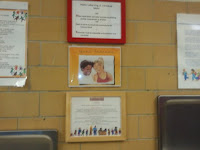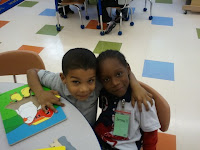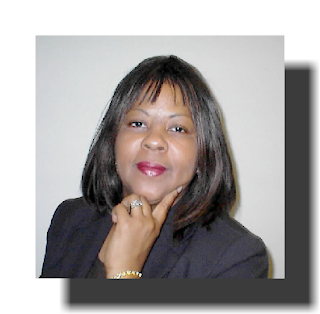

In August Arne Duncan, the US Secretary of Education announced the 2011-12 fellows for the Teaching Ambassador Fellowship. The mission of the fellowship is “to improve education for students by involving teachers in the development and implementation of national education policy.” There were 800 applications and only 16 were chosen. Robert Baroz, a literacy and data coach at the Curley K-8 School, and Shakera Walker, an elementary teacher at Young Achiever Science and Math School, are two of the chosen fellows. Robert Baroz is a part time fellow as a classroom ambassador and Shakera Walker is a full time fellow working in DC.
Recently, I checked up on Baroz and Walker to see how the fellowship is going.
As a classroom ambassador, Baroz participates in several types of outreach activities on the behalf of the U.S Department of Education. He has attended local events like the Blue Ribbon event at Boston Latin School and has visited Providence, Rhode Island for a town hall meeting on education. Baroz has also been part of the American Jobs Act round table discussions. He offered suggestions on how money can be used for teachers. In his role, he serves as an advisor for other educators and also provides feedback to the Department of Education. “Policy influences the classroom and this is a great opportunity for communication to travel from the school to the top,” Baroz noted and continues, “Two-way process of communication is key and listening is just as important.”
Baroz is grateful for the opportunity and encourages other people to apply within the district. “Boston teachers have a track record of getting selected. We can aim to be the model. I love to be teaching in urban schools and especially at BPS. I wouldn’t want to be in any other district,” Baroz said.
While Baroz is busy traveling in and around Massachusetts, Walker is also hard at work in DC. “Things are going great,” Walker said. She works in the early education office. As an early education teacher, she is able to share her experiences and bring her perspective to the table. “Many times, policies are being made without taking into account the perspective of the teachers, and my presence in the decision process is very important,” Walker said. It has been a great learning experience for Walker. In her role she has facilitated learning across the country and has met with many policy makers. The process has also taught her about the competitive nature of Race to the Top funds.
Walker is thankful for the opportunity to share stories with other like-minded colleagues, who have a passion for education. Although she misses her students, she feels the experience will help her serve the students better. When she returns to Boston, she looks forward to taking on more leadership roles. “I strongly recommend this programs to others and I am happy that a program like this is in place,” Walker said.
To learn more about the Teacher Ambassador Fellowship: http://www2.ed.gov/programs/teacherfellowship/index.html





















